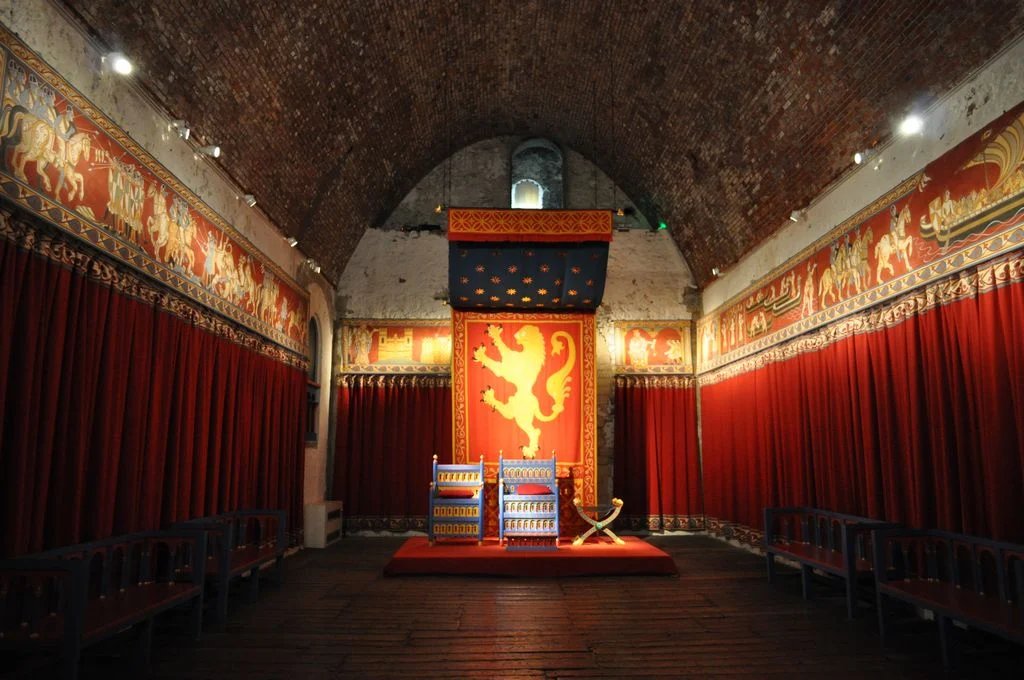Saving the natural beauty of its white cliffs, the main attraction of Dover is its castle, an impressive fortress that has been there, practically, all our life, not in vain we are talking about a strategic place and for that reason the Dover Castle is known as "The key of England".
 |
| Dover Castle |
Dover Castle - My particular advice is that the climb to it (375 meters above sea level) is done on foot. The ascent is comfortable, through long streets that wind so that the slopes do not become too steep. In this way, among other things, we will be able to do a part of the walk through Connaught Park, an immense and very pleasant park, a place of relaxation and recreation for the inhabitants of the place and those who visit it.
 |
| Dover Castle |
Really the impressive thing, as a qualifier for the Dover Castle, is literal and not at all exaggerated. Its robust walls, the variety of buildings that compose it and the immensity of its exterior enclosure makes any idea of what a fortress is small.
It is always nice to visit these places that are living history, but a visit to Dover Castle is particularly enjoyable, a special place if done as a family, for its large green areas and the multitude of things to see inside the enclosure That makes tiredness appear, but boredom in no time.
 |
| Dover Castle |
The defensive constructions of the place date from immemorial time, although the fortress, as we know it now, began to be built in the time of William the Conqueror, being Henry II, the one who ordered the construction of the keep, a building magnificent with a very large plant.
Since then it has survived the Norman conquest or the assault by the French in 1295.
 |
| Dover Castle |
During the Civil War (1642-1646), the castle remained in the power of the parliamentarians, remaining under the control of Cromwell until the restoration of Carlos II, among others, this was the main reason that, unlike most of the fortresses of England, Dover Castle remained intact.
Precisely the French, during the Napoleonic wars, tried to settle there again, so in 1804 the defenses of the place were strengthened. The network of tunnels that under the Dover Castle, lead to the cut cliffs, dates from that time. They were built to be able to house up to 2,000 soldiers inside. But history had a much more exciting use for them. During World War II, the dependencies from which the evacuation of Dunkirk was planned and directed were located there.
 |
| Dover Castle |
It was the so-called Operation Dynamo, which was carried out under the strictest secrecy and which allowed, in what was one of the largest evacuation operations in history, to rescue more than 338,000 men who were taken over by German troops on the beaches of Dunkerque and in which 850 boats participated (among which there were fishing and pleasure boats).
Dover Castle - These tunnels can be visited and reproduce in detail what life was like inside them, the operating rooms from where the operation was planned and directed, the kitchens, bedrooms and other facilities where officers, troops and others developed their lives are recreated. staff there featured. In one of them, the field hospital that was installed there is reproduced, also in great detail.